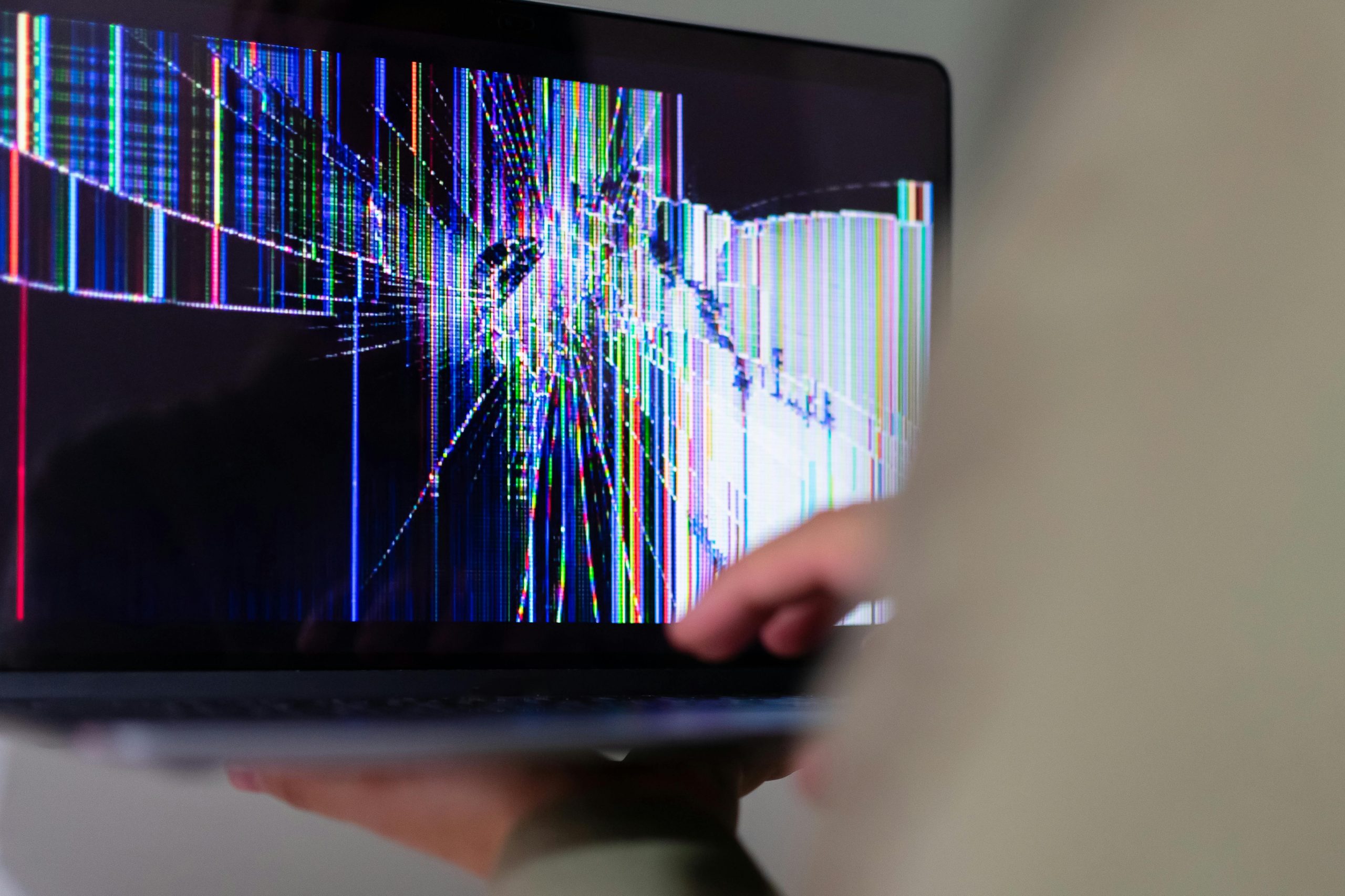Diagnosing Computer Components After a Power Supply Failure
Experiencing a power supply failure can be frustrating, especially after a power surge, even with a surge protector in place. Recently, I faced this issue when my power supply unit (PSU) failed, causing my computer to shut down unexpectedly during high-demand tasks, accompanied by an alarming burnt smell. Fortunately, I have a replacement unit arriving soon, but I’m left wondering how to ensure the other components in my system are still functioning properly.
Assessing the Damage: Steps to Test Your Computer’s Components
When a power supply dies, it raises concerns about potential damage to other hardware, including the central processing unit (CPU) and storage devices. Here are some methods to evaluate the health of these components before putting your new PSU to the test:
-
Stress Testing the CPU: One effective way to assess your CPU’s condition is through stress testing. Software like Prime95 or IntelBurnTest can push your CPU to its limits, helping identify any instabilities or potential failures. However, considering that I experienced shutdowns during previous tests, it’s prudent to monitor the CPU’s temperatures and system behavior closely this time.
-
Memory Check: Utilizing tools like MemTest86 is crucial to ensure that your RAM is still in good shape. This software runs extensive tests to check for faults in the memory, which can sometimes be overlooked but crucial for overall system performance.
-
Hard Drive Assessment: Since data integrity is paramount, running a utility such as CrystalDiskInfo can provide insight into your hard drive’s health. This tool will show you the S.M.A.R.T. status of your drives, making it easier to detect any issues prior to loading the system with heavy usage.
-
Checking for Visual Damage: While you’re at it, visually inspect other components such as the motherboard and graphics card. Look for any signs of burnt circuitry or damaged connectors, as physical damage can indicate a more extensive problem.
-
Reevaluate After Basic Checks: If you’ve performed a check disk (chkdsk) previously and it reported no errors, it’s a positive sign, but checking again could provide further peace of mind. Ensure that your operating system is intact before testing with demanding applications.
Conclusion: Proceed with Caution
After undertaking these diagnostic steps, you can feel more confident about reassembling your system with a new power supply. In my case, it turned out that the
Share this content:



